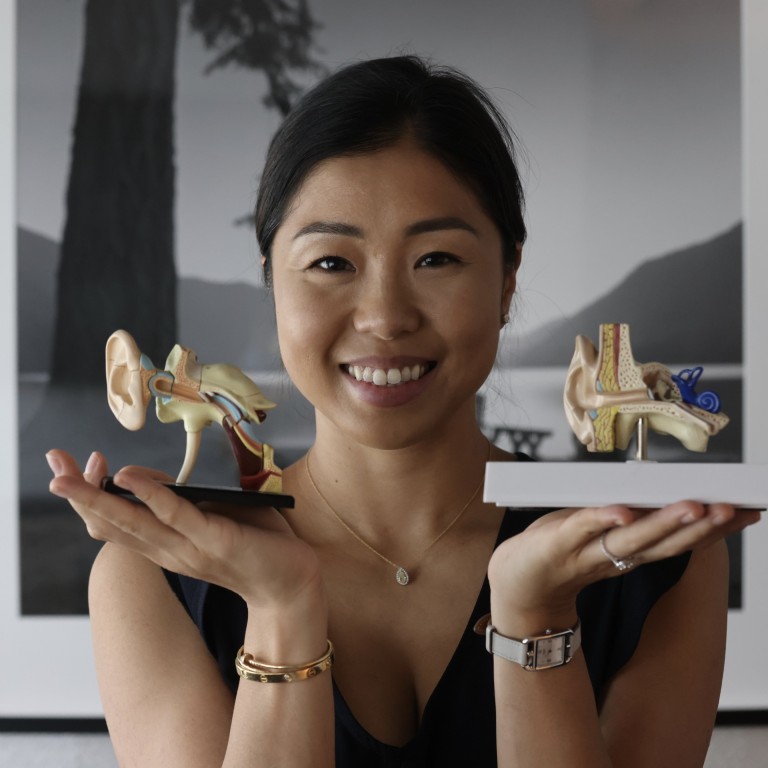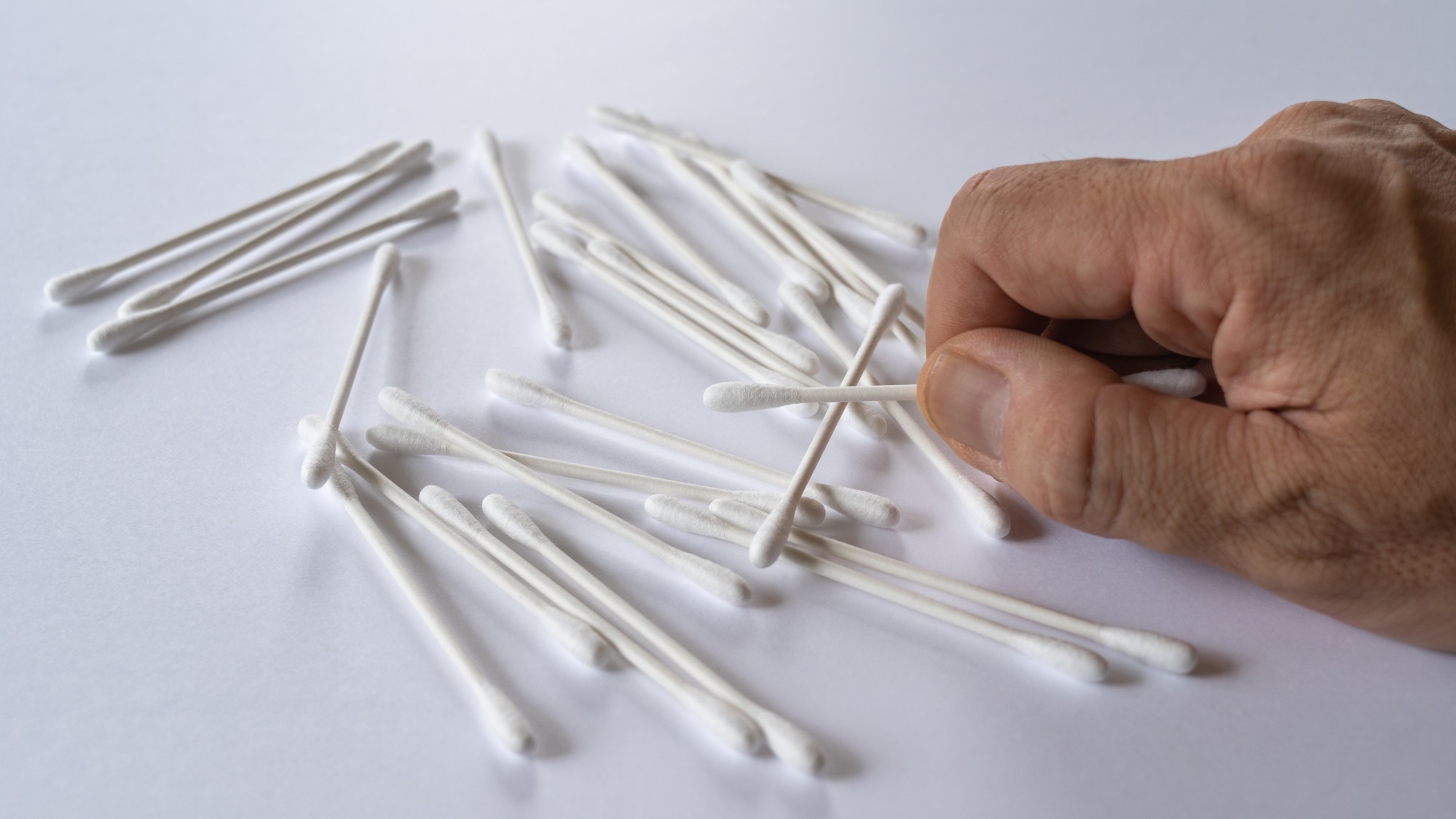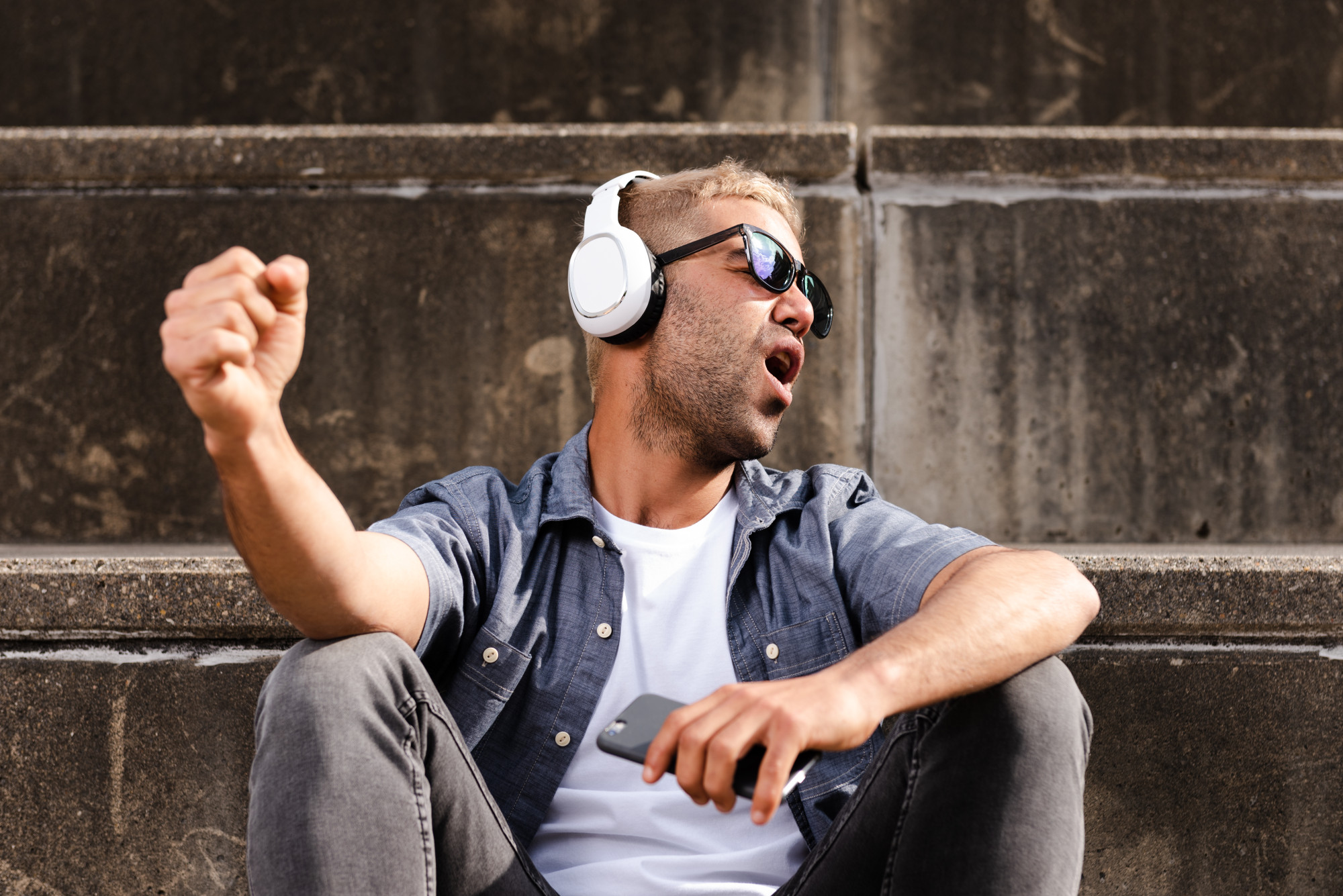
How the ears work, how we hear, and the best ways to keep yours healthy for life – expert advice
- For such a small body part, your ears work hard – they don’t sleep, they’re imperative for balance, and they keep growing throughout our lives
- One in three adults over 65 has hearing loss, so start early to protect yours – and that includes never sticking anything in them, including cotton buds
Ears are funny things. I used to stare down at my infant son’s ears as he lay in my arms and marvel at their swirls and whorls. I fretted over the fact they didn’t match. I needn’t have worried: our ears are never entirely identical.
Just as they don’t look exactly the same as each other, nor do they hear the same.
Your right ear is better than your left ear at hearing speech, while your left ear is more sensitive to music, according to a US study that examined the hearing of 3,000 newborns.
And just as each ear is different to the other in a pair, no pair of ears in the world is the same – not even the ears of identical twins.

Our ears have been called our second fingerprint and are used in biometrics and recognition.
Seventy years ago, forensic scientists began using measurements of suspects’ ears to marry them to fingerprints left behind at crime scenes.
Hong Kong’s most annoying noises – a shortlist
Thirty years ago, researchers showed that computers could distinguish differences between images of ears by measuring the distance between the lobe and the edges. Even a fuzzy image could be read with 99.6 per cent accuracy in just a fraction of a second.
Our ears change most during the first eight to 10 years of life, says Hong Kong audiologist Eed Shen. And yes, they keep growing throughout our lives.
Our middle ear contains the smallest bones in our body – the malleus, incus and stapes, the Latin names for hammer, anvil and stirrup, known collectively as the ossicles. It also has the hardest bone, the temporal bone, which protects the inner ear.

For an inert (unless you can wiggle yours?) and small body part, the ears work hard: they never sleep, not even when we do. It’s how we can react to sounds even as we slumber – an intruder, a barking dog, a snoring bed mate.
How do we hear? Shen explains that the pinna (the outer part, which we might cup to channel sound better) funnels sound waves into the external ear canal.
“When the compression and rarefaction of sound waves meet the tympanic membrane [ear drum], it causes vibrations through the ossicles, and to the fluid inside the cochlea, stimulating the hair cells and creating a signal,” she says.

Information from hair cells is sent through the auditory nerve for processing in the brain, which deciphers the sound’s meaning.
The tiny hairs in the cochlea produce faint sounds of their own, inaudible to us but which can be picked up using sensitive microscopes.
Each person’s hair cells produce a slightly different noise – another measure of our individual uniqueness and another potential biometric recognition tool.
This could raise the possibility, say, of being able to unlock your phone by lifting it to your ear or putting in a pair of earbuds.

Our ears aren’t just for hearing. They are imperative for balance – the middle ear is connected to our throat by the 3.5cm (1.4in) eustachian tube which manages balance between the atmospheric pressure and body pressure.
Think of the swallowing you do to pop your ears after a flight. It can affect our sense of taste because a nerve, chorda tympani, connects your taste buds to your brain through the middle ear.
Why do your ears burn? The Romans believed that if the right ear was burning, people were praising you. If it was the left, they were criticising you.
Skin cancer survivor’s lesson: sunscreen as important as brushing teeth
In reality, ears burn when you don’t use enough sunblock or forget a hat; skin cancer to the ear accounts for almost 10 per cent of all skin cancers. Don’t forget to slather sunblock on the top rim and the back of the ears.
This is common among children, Shen says, “as they have shorter and more horizontal eustachian tubes, preventing mucus from the middle ear from draining into the throat”. This causes swelling and fluid build-up, which puts pressure on the eardrum.
When this happens, sound vibrations are not transmitted efficiently and sound energy is lost, creating a conductive hearing loss. It’s why some kids need a grommet – a small tube that’s placed in the ear during surgery to drain fluid and keep the eardrum open.

Otosclerosis is abnormal bone growth in the middle ear (the stapes bone begins to fuse around the surrounding bone, eventually becoming fixed). This means sound vibrations are not transmitted efficiently, so there is progressive conductive hearing loss.
Presbycusis is normal ageing of the ear, a result of damage to the hair cells in the cochlea of the inner ear triggering hearing loss. (One in three adults over age 65 has hearing loss.)

Noise-induced hearing loss occurs when the structures of the inner ear are damaged due to exposure to loud noises. High frequencies are affected first.
Prolonged exposure to noise levels above 85 decibels can cause gradual hearing impairment, and the effect of noise on hearing can accumulate over time.
Exposure to sounds at 120 decibels can damage your hearing in less than 10 minutes. People who listen to music through headphones at high volumes are more susceptible.
Tinnitus affects 1 in 7 adults, yet treatments are lacking, a study finds
The US-based Cleveland Clinic in Ohio says the most common noise-induced hearing loss symptoms include:
-
An inability to hear high-pitched sounds, like birds singing
-
Hearing muffled or distorted speech
-
Tinnitus, a ringing or buzzing in the ear
-
A feeling of fullness or pressure in the ear
So how best to look after our ears?
Check your listening habits
Why hearing loss can cause dementia and what you can do about it
Do not stick anything into your ears
And that includes cotton buds, which will just push wax down deeper and may cause impaction.
Ear wax is normal (it was once considered precious; in medieval times, it was used to illustrate manuscripts, applied to insect bites, and as a lip balm).
We all produce it – in fact it could reveal something of our heritage. If you describe yourself as black or white, your earwax is likely to be sticky, yellow and smelly. If you’re Asian or Native American, it’ll be dry and white – and less smelly.
Have regular hearing tests

